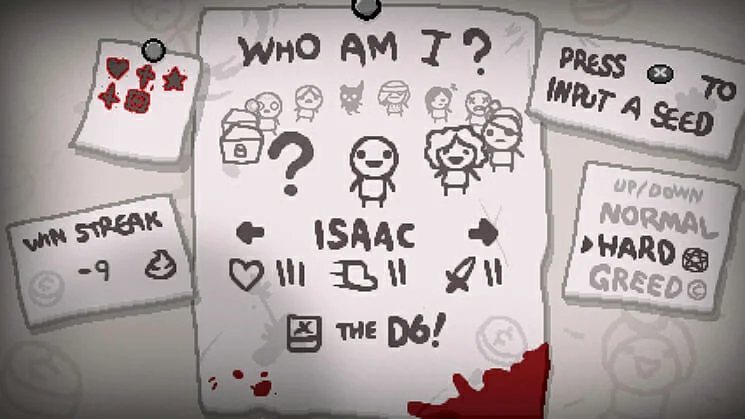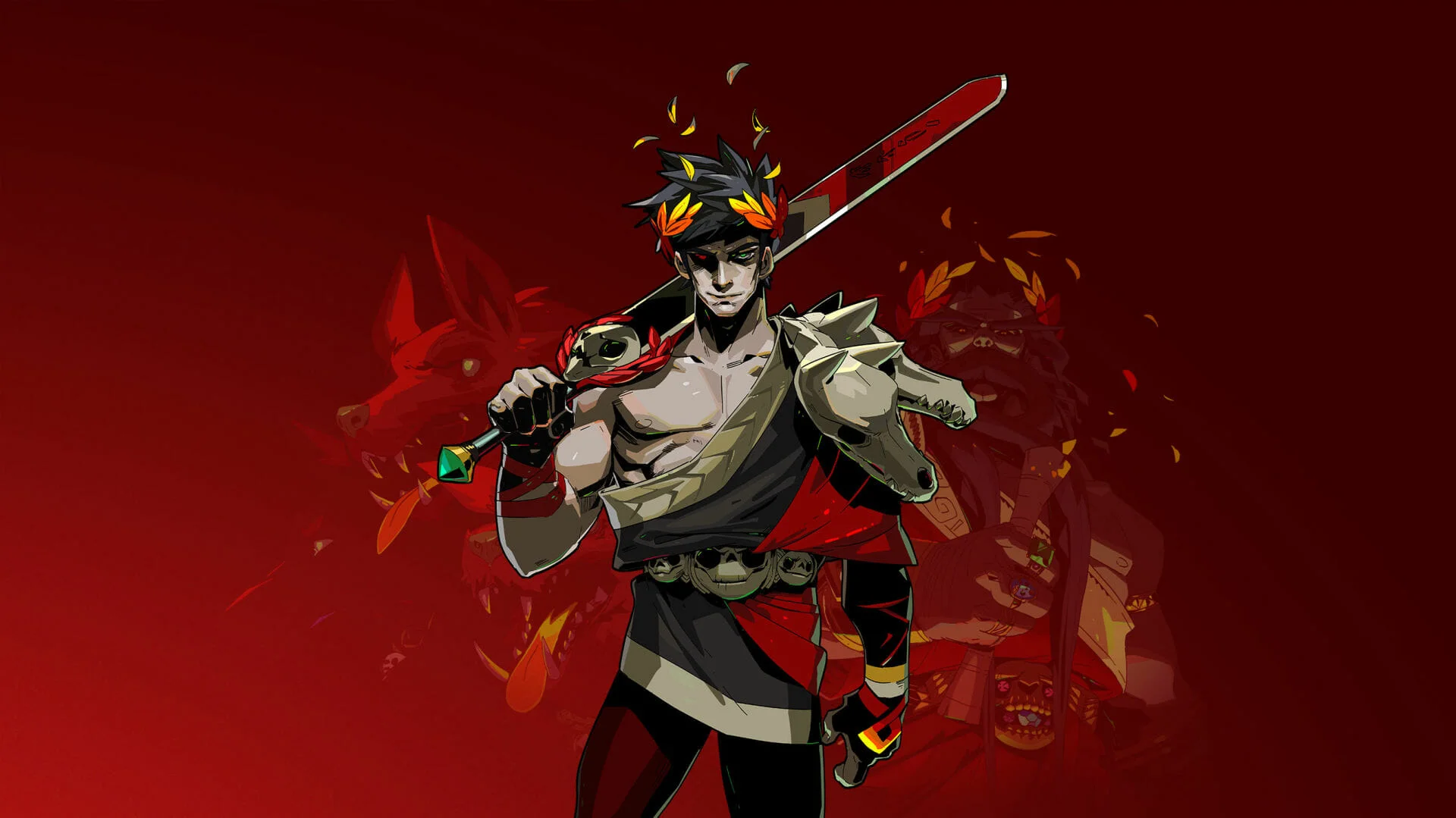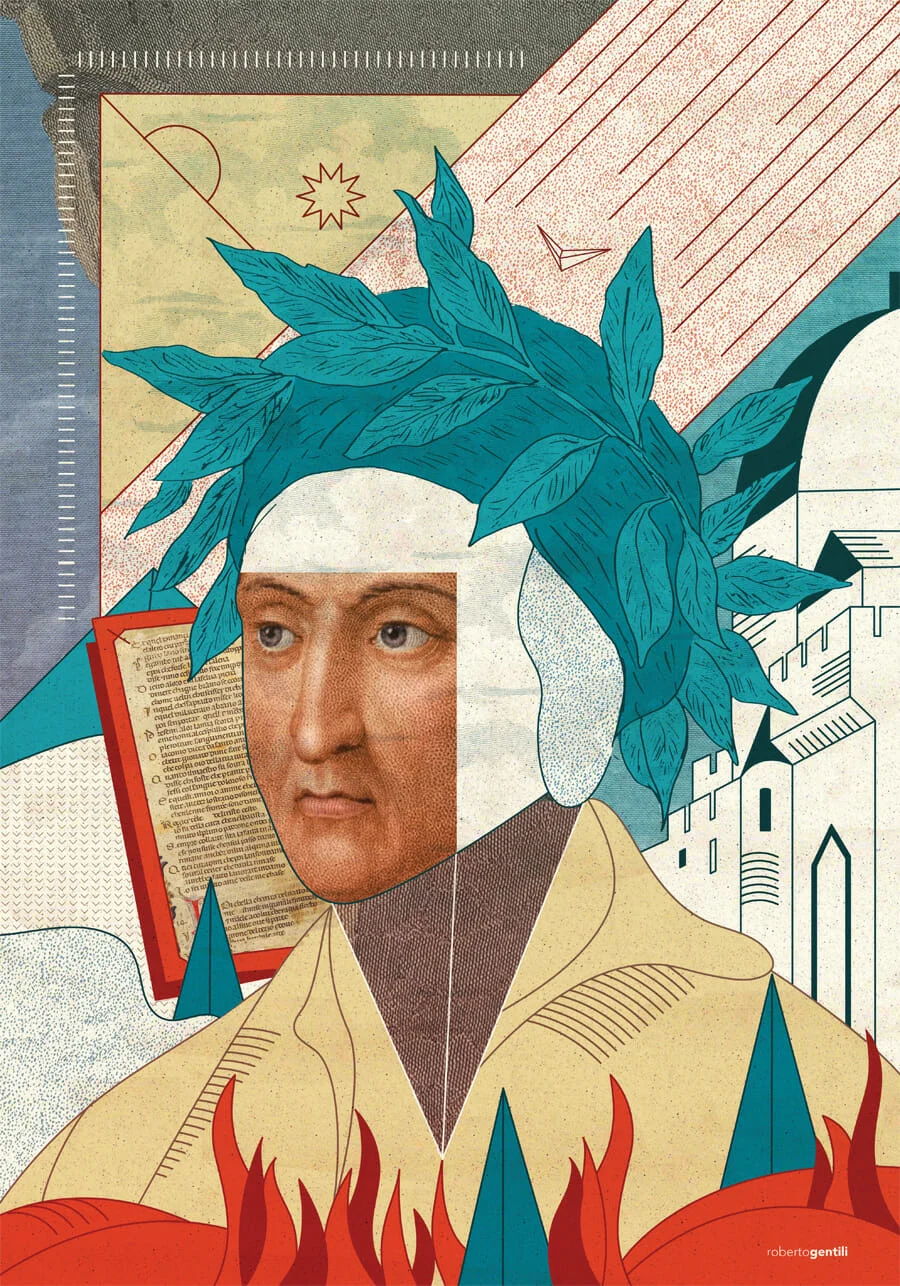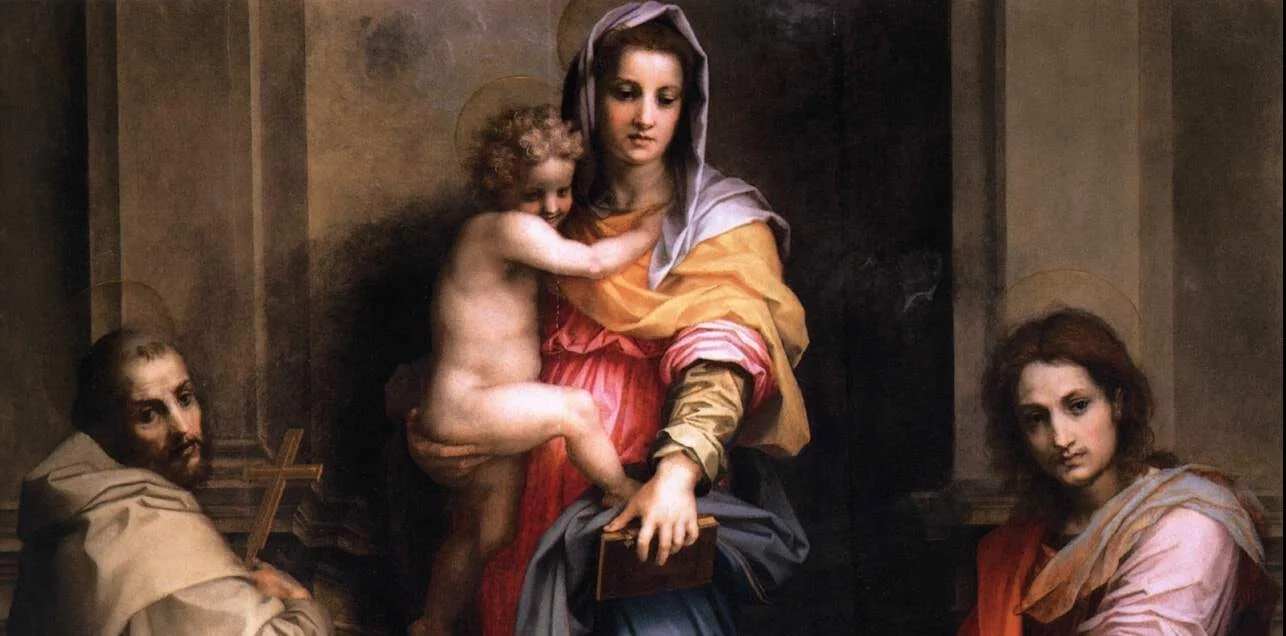
The Binding of Isaac | A game designed to fail
Art Director
Lead Composer
Publishing Year
Genre
Country
In 2011, video game designer Edmund McMillen had just published Super Meat Boy. The game had a nice success, praised by critics as well. The financial security resulting from this gave him the chance to try a different kind of game: a game that would probably fail. McMillen wanted to make a game about his relationship with religion, and with such themes, he thought it would flop. Instead, The Binding of Isaac and its remake Rebirth sold over 5 million copies.
A rebirth for the roguelike genre
The Binding of Isaac is a roguelike game; this genre features procedurally generated dungeons and permadeath. That is to say, once the character dies the player has to start all over again. Famous roguelike games are Spelunky, Risk of Rain, and the recent Hades. McMillen wanted to add a twist to the classic roguelike experience: a structure inspired by the Legend of Zelda. Random items located on every “floor” can improve speed, health, strength, and more characteristics of the main character. More items can be unlocked through achievements and challenges and other characters can be unlocked as well, each one a reference to a particular Biblical story. Overall, this gives the player a sense of progression and allows them to face the harder levels without much of a struggle, up until the final boss.
Thanks to the always different dungeons the player faces and the random combination of items, along with a seemingly endless flow of new content to find and endings to discover, The Binding of Isaac offers hundreds of hours of playtime.
The two faces of religion
Many are the works of art that deal with Religion. Countless artists spent their lives interpreting sacred events with the aid of a paintbrush. Raffaello Sanzio, Michelangelo or Andrea del Sarto are just a few names. In poetry as well, religion has always been a strong drive. The Song of Songs by St. Francis or Batter my Heart by John Donne are a couple of examples. But, videogames had rarely touched such subjects.
Isaac’s story starts as his mother hears the voice of God, commanding her to kill her son to prove her faith. He thus descends into the basement of his house to escape, going deeper and deeper. Through various flashbacks, items, and endings, the lore of the game is revealed. During his journey, Isaac meets different monsters, some of them coming straight from Christian iconography. For example, he gets offered assistance by Satan himself – for a price.
About his particular interpretation of the Bible and his choice to represent such a controversial topic, in his article for Game Developer magazine McMillen said:
I wanted Isaac to embody this duality I experienced with religion. I wanted it to show the positive and negative effects it had on me as a child – the self-hate and isolation it instilled in me, but also the dark creativity it inspired. The Bible is a very good, creatively written book, and one of my favorite aspects of it is how so many people can find different meanings in one passage. I wanted Isaac to have this in its story as well, which is why the game’s final ending(s) have many possible interpretations.
Edmund McMillen, Postmortem: McMillen and Himsl’s The Binding of Isaac, Game Developer magazine, 2012

A game designed to fail
McMillen’s objective when he started working on The Binding of Isaac was not to sell a whole lot or even a little bit. He wanted to go back to his roots as a creator. His next project after Super Meat Boy had to be the opposite of popular, in which he could get rid of boundaries. After a week-long game jam with Florian Himsl, they came up with Isaac. It took them three months to fully develop the project on Flash. Then they released it on Steam, and after a few months, the game had gained huge traction on Youtube. As the sales went up, the two developers were forced to deal with the bugs.
Since they expected the game to flop, they didn’t bother with testing. The first players encountered a huge amount of bugs, some of them game-breaking. The team uploaded a new patch every day for two weeks, hoping it would be the last one. Six months later, they released an expansion: Wrath of the Lamb. But as time went on, they realized that Flash limited them greatly. Thus, in 2014 they released a remake in collaboration with studio Nicalis.
The Binding of Isaac: Rebirth features a different art style, more fluidity, and a multiplayer option. Following the game’s success, in 2015 and 2017 they released two expansions, respectively Afterbirth and Afterbirth+. A final expansion, inspired by fan-made expansion Antibirth, was released in March 2021.The Binding of Isaac: Repentance puts an end to many of the fan’s questions about the lore and, according to McMillen, will be the final update the game will get.
The Binding of Isaac: Repentance puts an end to many of the fan’s questions about the lore and, according to McMillen, will be the final update the game will get.
Tag
Buy a ☕ for Hypercritic







